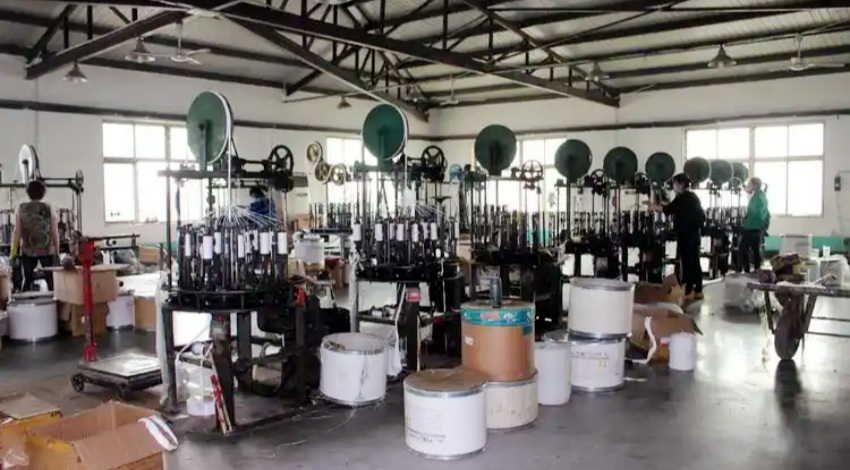Replacement of PTFE packing
When replacing the PTFE packing in valves, remove the old packing completely first. High pressure and tight packing can harm the valve stem and sealing disc when you take out the old packing. The valve stem is especially at risk. Even a tiny scratch can let a lot of the medium in the valve seep into the PTFE packing. This can cause it to fail or harden, worsening the damage to the valve stem. If the old packing is not removed, it will affect the new packing’s seal after installation.
Installation of PTFE packing

replacement, installation, and maintenance of PTFE packing
1. Cut the packing to the appropriate length and make a 45° diagonal cut at the beginning and end. Form the packing into rings and press them into the sealing cavity one by one. Stagger the cut ends of the two PTFE packing rings by 180° until the packing fills the cavity. Then tighten the gland. This method ensures that all the packing is evenly stressed. However, this method requires measuring the packing length and cutting each piece one by one. If the length is wrong, it may cause errors. This could lead to the packing failing or someone wasting it during installation. Also, replacing the packing is very troublesome. Remove each piece one by one, especially the last few where the space is very small. Even with professional tools, the operation is time-consuming and laborious. Directly purchasing pre-formed rings guarantees the seal at the interface. However, they are more expensive and less versatile than packing. Thus, this is not a convenient and quick installation method.
2. Cut a sharp angle at one end of the PTFE packing and place it at the bottom of the valve stem sealing cavity. Then wrap it around the valve stem like a compressed spring. Cut a sharp angle at the other end. Stagger the two interfaces by 90° to reduce the risk of uneven stress on the packing and valve leakage. The sharp angles at both ends of the PTFE packing will affect its performance. This method is fast and easy for installing and removing the PTFE packing. However, it may create uneven stress on the packing.
You must clean and polish the valve stem smooth, regardless of the installation method. Then, apply a layer of grease to the valve stem and the inner wall of the PTFE packing cavity. It is also best to soak the PTFE packing in lubricating oil to ensure its lubricity for a long time.
Precautions for the maintenance of PTFE packing
If erosion occurs on the valve stem and the PTFE packing leaks, tighten the gland first to stop further leakage. For high-pressure valves that affect production or safety, we must quickly replace the PTFE packing. The leaking medium can contaminate the lubricant and filler in the packing. This affects lubrication and sealing performance, leading to safety hazards. Some media that scab or are granular can penetrate or stick to the PTFE packing, causing it to harden. Frequent opening and closing during production can cause erosion grooves on the valve stem. These grooves will harm the PTFE packing’s seal in the valves. They will shorten the packing’s lifespan and may damage the entire valve.
 Hongwo Braided Packing
Hongwo Braided Packing


WhatsApp
Scan the QR Code to start a WhatsApp chat with us.